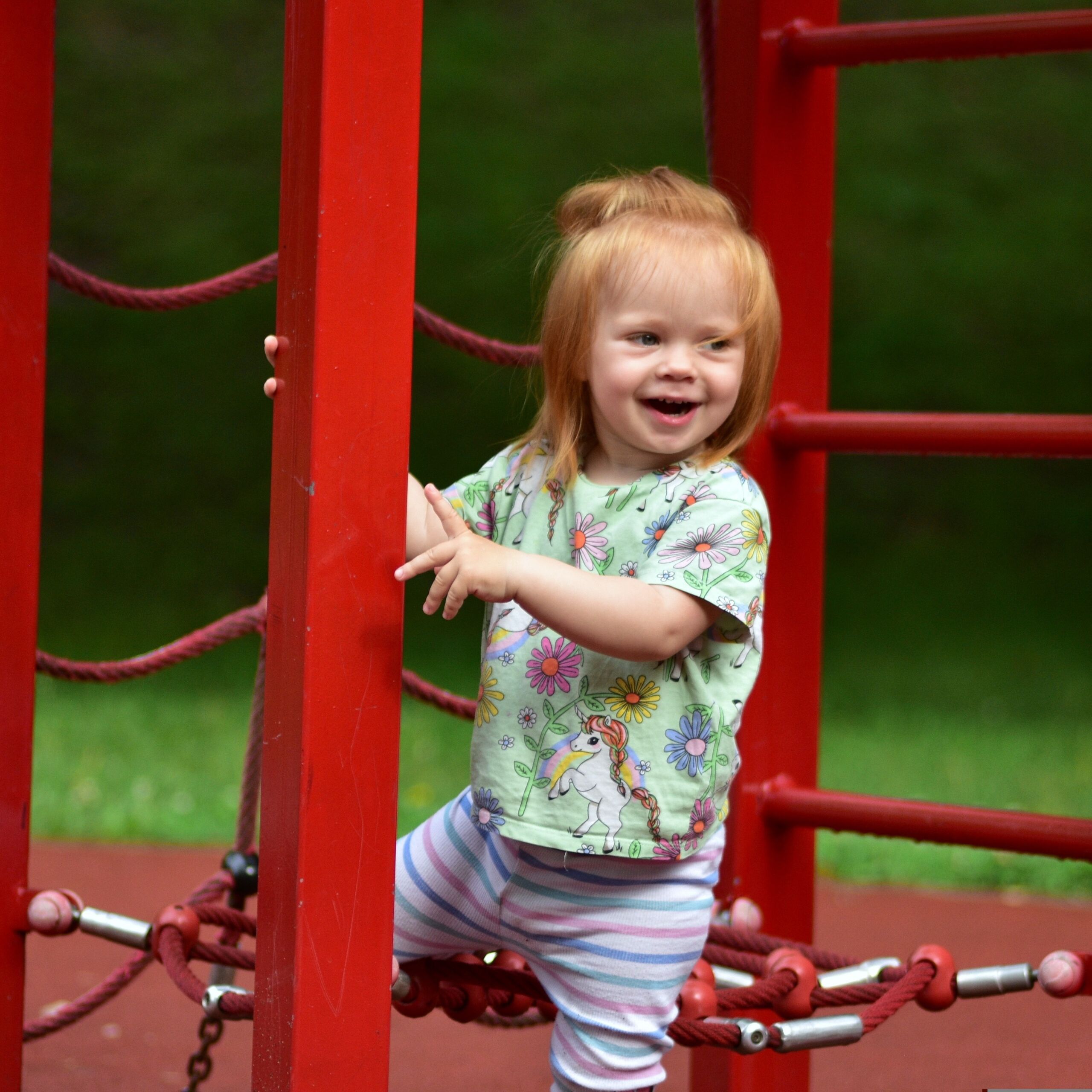5 Common Myths About Student Behaviour
When it comes to children and young people, it can sometimes feel as though their behaviour is deliberate; that they are choosing to behave in a certain way. And this can be reflected in the language we use. Phrases like, ‘challenging behaviour’, ‘kicking off,’ ‘acting out’ and ‘attention-seeking’ are not uncommon in some settings.
But what if behaviour is not a choice? What if there is something else at play that is influencing the behaviour of a child or young person?
Thanks to extensive studies, research and lived experiences, we now understand so much more about what drives behaviour beneath the surface. And this understanding can help us bust a few common behaviour myths.
Myth 1: “They’re just being naughty.”
Truth: Behaviour is a form of communication.
What can sometimes look like defiance, rudeness, or aggression is often simply an automatic response to stress, rather than a deliberate choice. When a child feels overwhelmed, unsafe, or dysregulated, their brain can go into survival mode, leading the nervous system to trigger the ‘fight, flight, freeze, flop, or fawn’ reaction. That’s not naughtiness; that’s the nervous system asking for help.
Myth 2: “They’re old enough to control themselves by now.”
Truth: The brain develops gradually, especially the areas responsible for self-control.
The prefrontal cortex, the area of the brain responsible for reasoning, impulse control, and decision-making, doesn’t reach an adult state until an individual’s mid-20s. This means that many children and teens don’t have the brain architecture yet to pause, plan, or self-regulate in the same way as adults can. And if their brain development has been affected by trauma, ACEs (adverse childhood experiences), or attachment issues, this may further explain why they find it challenging to control their emotions and responses.
Myth 3: “They’re behaving like this for attention.”
Truth: Attention-seeking is actually connection-seeking.
Children grow up in a wide range of cultural, familial, and educational settings, and these influence how they express and manage emotions. Those who have experienced trauma, neglect, or insecure attachment may not have had consistent, nurturing attention. What can look like ‘attention-seeking’ is often a need for connection and reassurance. Instead of ignoring it, we can respond with empathy and compassion and build strong, trusting relationships, to help them feel safe.
Myth 4: “That behaviour came out of nowhere!”
Truth: There’s always something happening underneath.
Behaviour might seem sudden or unexplained, but often it builds up beneath the surface. Stress, sensory overload, unmet needs, or emotional triggers are just some of the factors that can cause a child or young person to become dysregulated. Without the tools to manage or regulate their feelings, they may experience strong emotional outbursts and engage in behaviour that needs support. An effective practice that seeks to understand the drivers and emotions behind the behaviour can help us spot early signs of dysregulation so that we can intervene early and avoid crisis.
Myth 5: “Their behaviour will never change.”
Truth: The brain can change through relationships and repetition.
Thanks to the concept of neuroplasticity, we know that, with time, patience, repetition, and support, the brain can grow, adapt, and rewire. Unhealthy habitual behaviours can be overridden and replaced. Children learn best when they feel safe, connected, and understood, so it is our responsibility as committed, caring practitioners to support all children and young people with this process of change and growth.
Want to develop your understanding of behaviour?
If this blog has you rethinking your approach to behaviour support, you’re not alone.
We support schools all over the world with behaviour, and everything begins with the understanding that all behaviour is actually communication.
With Team Teach behaviour support training you will:
✔ understand what’s really driving the behaviours you see
✔ learn to respond with confidence and consistency
✔ build safer, calmer, more connected and inclusive environments.
By shifting our focus from managing behaviour to understanding it, we create spaces where every child can feel safe, supported, and ready to thrive.







